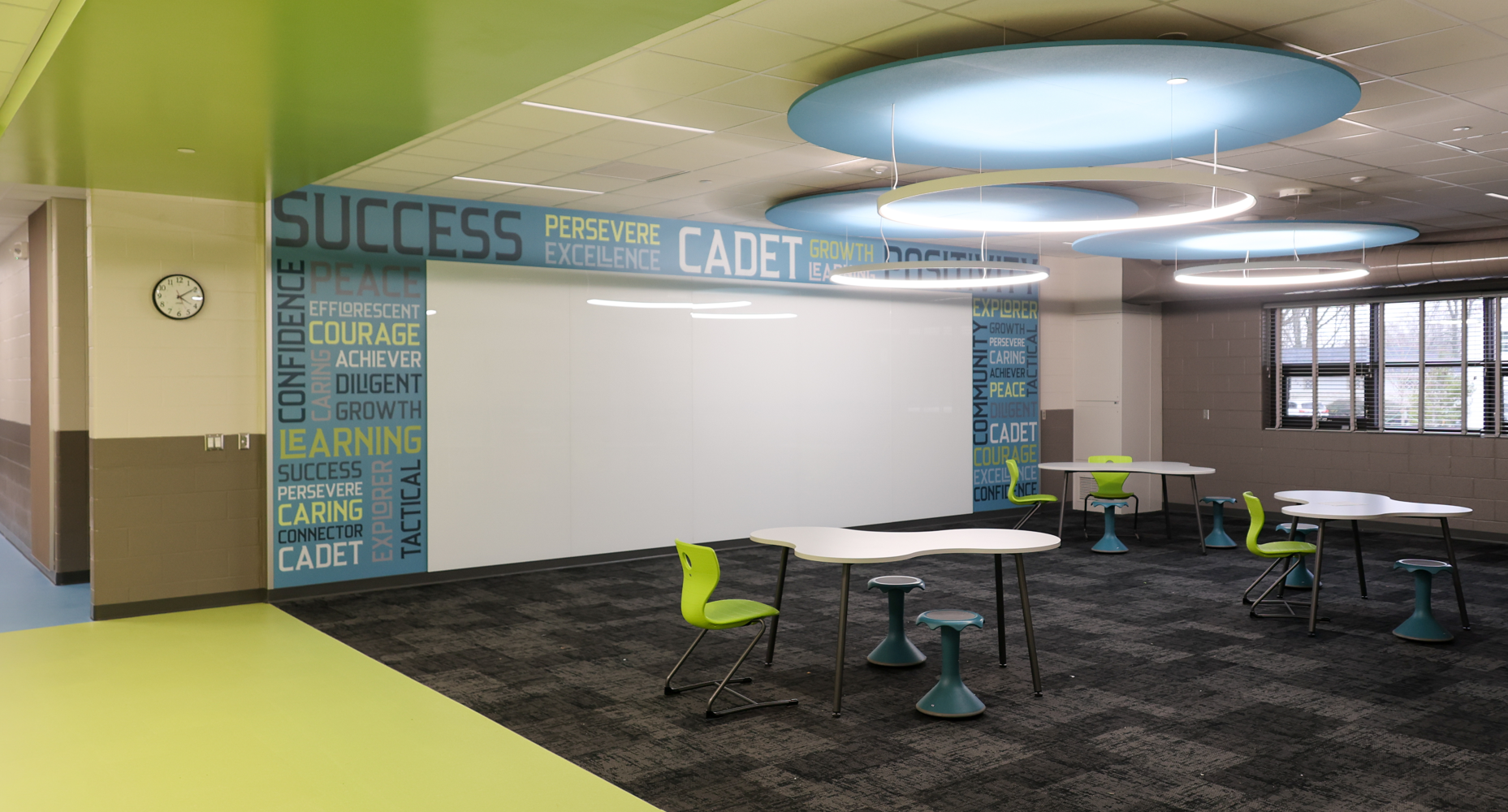Why Jails Age Faster Than Regular Buildings

In architecture, the aging process of buildings is an inevitable journey that all structures undertake. However, not all buildings age at the same rate. One notable example is correctional facilities, which often show signs of wear and deterioration much faster than their civilian counterparts. Understanding why jails age more quickly is essential for architects, planners, and justice designers committed to creating durable, functional, and humane environments. Let’s look into the unique factors contributing to the accelerated aging of jails.
1. High Utilization and Constant Occupancy
Unlike many commercial or residential buildings, jails operate on a 24/7 basis. This constant occupancy and high utilization place an extraordinary strain on the infrastructure. With little to no downtime for maintenance, systems within the facility – from plumbing to HVAC – are in continuous use, leading to quicker wear and tear. The high density of occupants in these spaces also accelerates the degradation of surfaces, fixtures, and amenities.
2. Security and Safety Requirements
The stringent security measures required in correctional facilities contribute significantly to their accelerated aging. Heavy-duty materials and fixtures are necessary to withstand potential tampering and abuse. For instance, reinforced doors, high-security locks, and durable furniture must endure rigorous daily use and occasional attempts at sabotage. These specialized elements are subject to frequent stress and can deteriorate more rapidly than their counterparts in less secure environments.
3. Psychological and Behavioral Factors
Incarcerated individuals often face significant stress and frustration, which can manifest in destructive behaviors towards the facility itself. Vandalism, graffiti, and intentional damage are common, leading to a continuous cycle of repair and maintenance. This behavior not only impacts the physical state of the jail but also creates a challenging environment for upkeep and long-term sustainability.
4. Institutional Neglect and Funding Constraints
Many correctional facilities suffer from chronic underfunding, resulting in deferred maintenance and inadequate repairs. Budget constraints often lead to prioritizing immediate operational needs over long-term investments in building upkeep. As a result, minor issues can escalate into major problems, accelerating the aging process and degrading the facility’s overall condition.
5. Environmental and Location Factors
The location of many jails can also play a role in their accelerated aging. Facilities in harsh climates or industrial areas may face additional challenges from environmental factors such as extreme temperatures, humidity, pollution, and exposure to corrosive elements. These conditions can exacerbate structural wear and lead to faster deterioration of building materials.
6. Changing Standards and Needs
Correctional facilities are subject to evolving standards and regulations, which can render existing structures outdated or non-compliant. New requirements for inmate care, safety, and rehabilitation necessitate continual updates and retrofits. The cost and complexity of these upgrades can lead to piecemeal renovations that may not fully integrate with the original building design, resulting in a patchwork of repairs that contribute to the overall aging of the facility.
Designing for Longevity in Correctional Facilities
As justice designers, the challenge is to create correctional facilities that are not only secure and functional but also resilient and adaptable to aging. Here are some strategies to consider:
- Durable Materials and Construction Techniques: Using high-quality, durable materials that can withstand heavy use and potential abuse is crucial. Employing advanced construction techniques that enhance structural integrity and longevity can mitigate some of the wear and tear.
- Flexible and Modular Design: Designing spaces that can be easily reconfigured or expanded allows for adaptability to changing needs and standards without requiring extensive renovations.
- Preventive Maintenance Plans: Establishing comprehensive maintenance programs that address minor issues before they become major problems can extend the life of the facility and ensure a safer, more functional environment.
- Inmate Involvement: Engaging inmates in the maintenance and upkeep of the facility can foster a sense of responsibility and care for their environment, potentially reducing vandalism and intentional damage.
- Holistic Design Approaches: Incorporating natural light, ventilation, and access to outdoor spaces can improve the well-being of inmates and staff, reducing stress-related behaviors that contribute to wear and tear.
Understanding why jails age faster than regular buildings is key to developing innovative solutions that enhance the durability and functionality of these critical facilities. By addressing the unique challenges posed by high utilization, security needs, behavioral factors, funding constraints, environmental conditions, and evolving standards, justice designers can create correctional environments that stand the test of time, promoting safety, security, and rehabilitation for all occupants.



